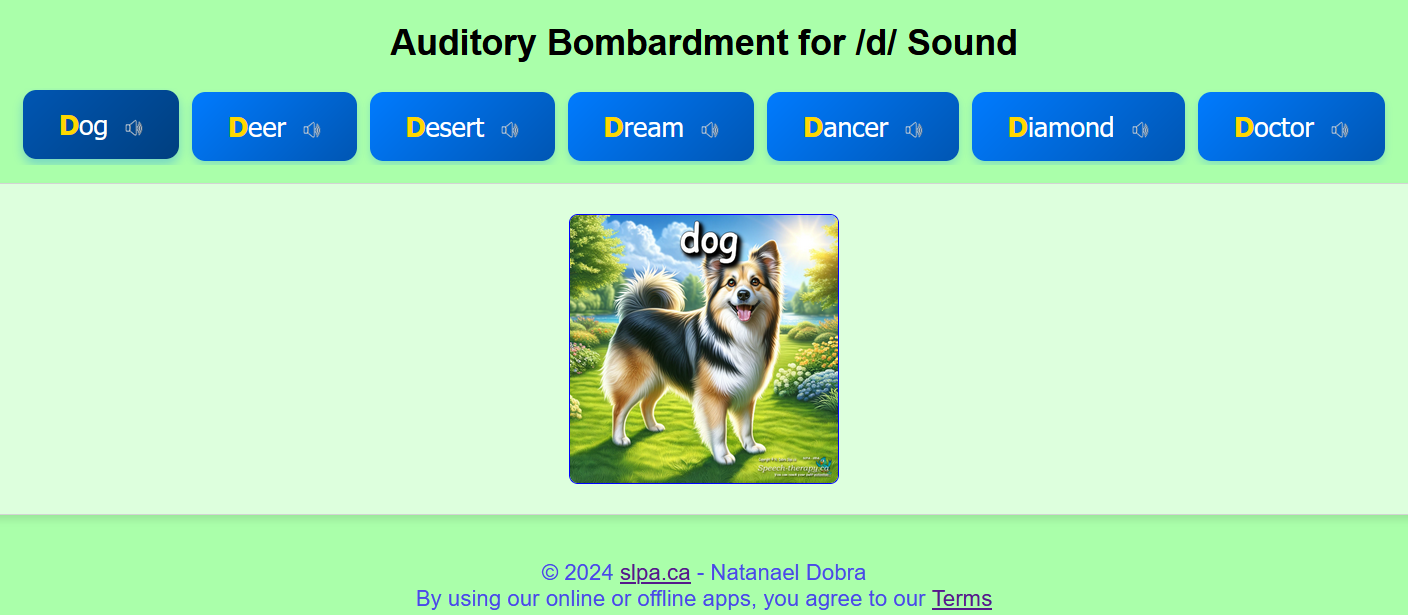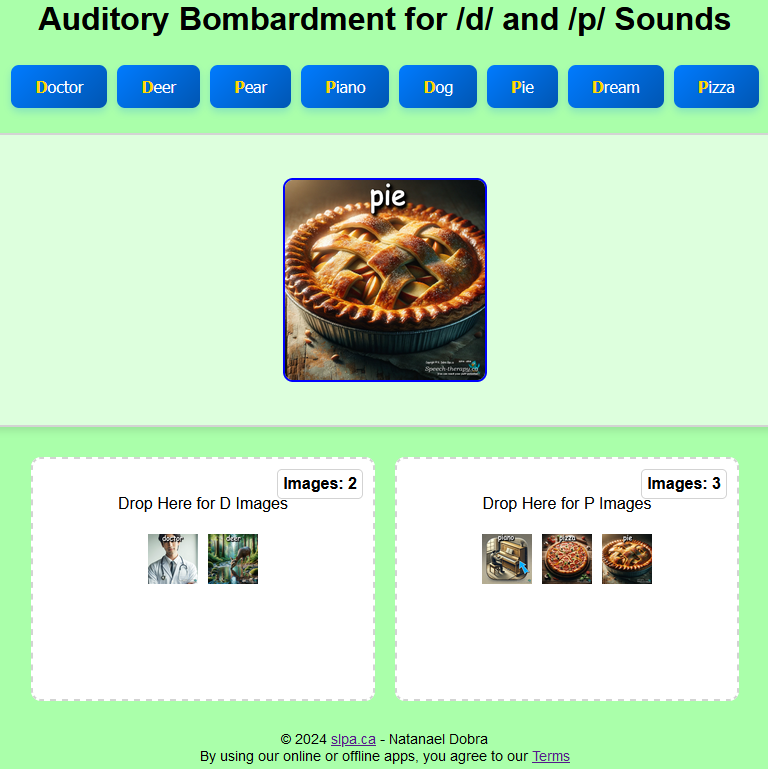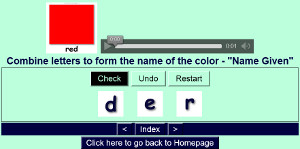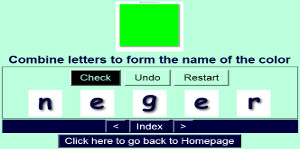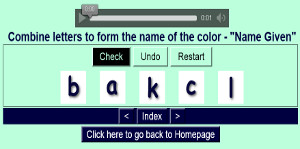English
- Details
- Written by: Natanael Dobra
- Category: English
- Hits: 1293
Page Under Construction
I am excited to inform you that during this school vacation, I will be adding hundreds of new materials to this section. I am working diligently to bring you valuable resources and programs. Please note that this page is in progress and will be regularly updated until this message disappears. Thank you for your patience and understanding.
- Details
- Written by: Natanael Dobra
- Category: English
- Hits: 1265
Page Under Construction
Test -- Auditory Bombardment for /d/ Sound
Page Under Construction
Test -- Auditory Discrimination: Sorting Exercise for /d/ and /p/ Sounds
- Details
- Written by: Natanael Dobra
- Category: English
- Hits: 1269
Page Under Construction
I am excited to inform you that during this school vacation, I will be adding hundreds of new materials to this section. I am working diligently to bring you valuable resources and programs. Please note that this page is in progress and will be regularly updated until this message disappears. Thank you for your patience and understanding.
- Details
- Written by: Natanael Dobra
- Category: English
- Hits: 1481
Semantic Feature Analysis ! SFA
Coming Soon
- Details
- Written by: Natanael Dobra
- Category: English
- Hits: 45222
- Apple devices are not able to play flash contents...
- Safari does not support audio playback ...
Relearn the color names.
Remember to read Terms of Service before you use any material.




